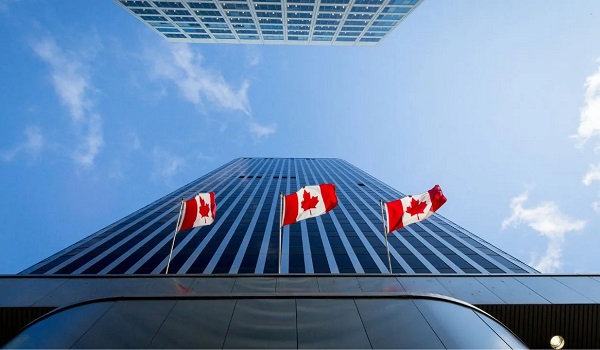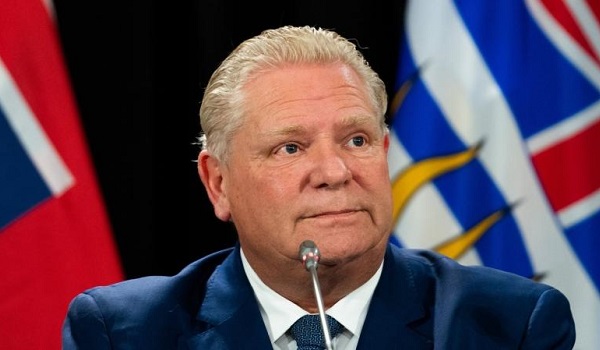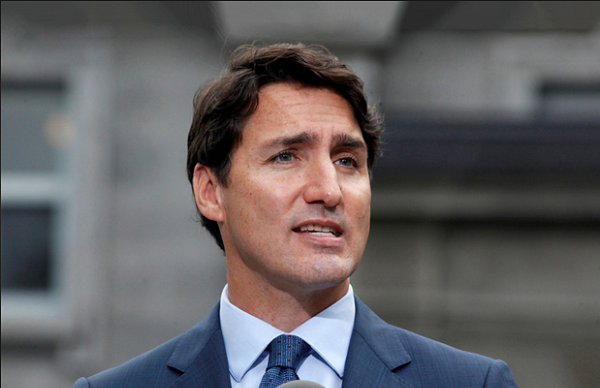Canada turning back foreign travellers at border as federal government face criticism over immigration
Canada has seen a sharp increase in the number of foreign travellers it’s turning away at ports of entry, according to data from the Canada Border Services Agency (CBSA), while the federal government continues to face criticism for allowing immigration numbers to balloon, putting pressure on the housing supply.
The data — included in an emailed statement to CTV News — show the agency turned away an average of nearly 4,000 foreign travellers per month through the first seven months of 2024, which includes both non-refugee visa holders and those deemed “allowed to leave.”
That’s a more than 20-per-cent increase compared to the 3,271 turned away during the same period in 2023.
Meanwhile, July marked the highest number of rejected entrants in a month in the last five years, with 285 non-refugee visa holders turned away at ports of entry and 5,853 were categorized as “allowed to leave.”
An “allowed to leave” is when travellers are given the opportunity to “withdraw their application and leave voluntarily,” according to CBSA.
There was a major dip in the number of foreigners turned away starting in 2020, likely because the COVID-19 pandemic prevented would-be entrants from arriving at Canadian ports of entry. In the first seven months of 2019, CBSA turned away an average of 3,758 foreign travellers per month.
“The CBSA’s role, policy, and practice has always been to assess the admissibility of persons coming to Canada. This has not changed,” wrote CBSA spokesperson Luke Reimer in the emailed statement to CTV News. “The admissibility of travellers is decided on a case-by-case basis and based on the information made available at the time of entry.”
The change comes amid ongoing debate on Parliament Hill over immigration numbers and how to curb them, specifically with the high number of newcomers putting added pressure on the housing market.
The federal government has faced added criticism since January, when The Canadian Press — citing internal documents obtained through an access to information request — reported the federal government was warned by public servants two years ago that its ambitious immigration targets could jeopardize housing affordability.
The federal government has made some recent announcements on that front, including ending the pandemic-era practice of allowing visitors to apply for work visas from within the country, and stricter rules to reduce the low-wage stream of temporary foreign workers.
The prime minister also signalled more changes to immigration policy are on the way in the fall.
At the Liberal cabinet retreat in Halifax last week, Immigration Minister Marc Miller said the federal government is “looking at a number of options” to re-evaluate permanent resident levels in Canada, categorizing them as “significant,” rather than “cosmetic.”
According to data from Immigration, Refugees and Citizenship Canada emailed to CTV News, the department approved more than 1.1 million temporary visas in the first seven months of this year, compared to nearly 1.3 million for the same time period last year.
Reimer said there can be “several factors” that could impact whether or not a non-refugee visa holder is allowed to enter Canada, including “increases in annual travel volumes,” “changes in requirements to enter Canada” — including the government’s February decision to require Mexican nationals to obtain visas in a bid to curb asylum claims — and “socio-economic factors which lead to migration patters,” for example, employments rates.
The CBSA spokesperson also wrote that issues of security, serious criminality, financial reasons, health grounds, and non-compliance are among nearly a dozen other reasons non-refugee visa holders are deemed inadmissible to Canada.
“Admissibility of travellers is decided on a case-by-case basis and based on the information made available at the time of entry,” Reimer wrote. “Having obtained a temporary resident visa (visitor visa) or electronic travel authorization or having been previously authorized to enter Canada does not guarantee entry to Canada.”
With files from CTV News’ Stephanie Ha
This article was first reported by CTV News













